-
 Bitcoin
Bitcoin $115200
-2.68% -
 Ethereum
Ethereum $3601
-5.16% -
 XRP
XRP $3.035
-2.96% -
 Tether USDt
Tether USDt $0.9997
-0.04% -
 BNB
BNB $764.5
-5.43% -
 Solana
Solana $168.1
-5.92% -
 USDC
USDC $0.9998
-0.02% -
 Dogecoin
Dogecoin $0.2090
-4.80% -
 TRON
TRON $0.3272
-0.49% -
 Cardano
Cardano $0.7306
-5.00% -
 Hyperliquid
Hyperliquid $39.16
-12.22% -
 Stellar
Stellar $0.3967
-4.96% -
 Sui
Sui $3.566
-5.95% -
 Chainlink
Chainlink $16.55
-6.57% -
 Bitcoin Cash
Bitcoin Cash $552.3
-3.90% -
 Hedera
Hedera $0.2516
-4.69% -
 Avalanche
Avalanche $21.99
-5.75% -
 Toncoin
Toncoin $3.621
-0.28% -
 Ethena USDe
Ethena USDe $1.000
-0.03% -
 UNUS SED LEO
UNUS SED LEO $8.951
0.02% -
 Litecoin
Litecoin $105.9
-3.59% -
 Shiba Inu
Shiba Inu $0.00001232
-5.00% -
 Polkadot
Polkadot $3.640
-5.55% -
 Uniswap
Uniswap $9.048
-7.03% -
 Monero
Monero $301.8
-1.51% -
 Dai
Dai $0.9999
-0.01% -
 Bitget Token
Bitget Token $4.334
-3.66% -
 Pepe
Pepe $0.00001064
-6.17% -
 Cronos
Cronos $0.1367
-5.78% -
 Aave
Aave $259.2
-4.59%
Do participants in a private chain need to be verified? How to gain access?
Participants in private chains must be verified through identity checks, invitations, or permissions to ensure network security and integrity.
May 19, 2025 at 03:21 am
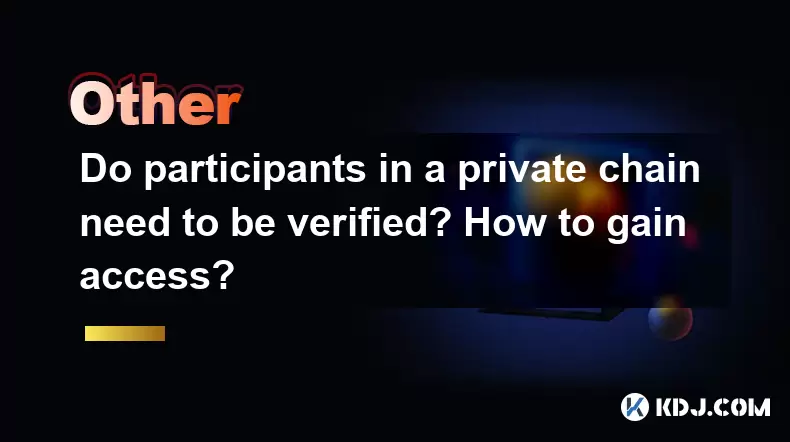
Understanding Private Chains and Verification
In the world of cryptocurrencies, private chains represent a specific type of blockchain that is not accessible to the general public. Unlike public blockchains where anyone can participate, private chains restrict access to a select group of participants. This raises the question: do participants in a private chain need to be verified, and if so, how do they gain access? The answer to this question is a resounding yes; participants in a private chain must be verified to ensure the security and integrity of the network.
The Necessity of Verification in Private Chains
Verification is crucial in private chains because it helps maintain the exclusivity and security of the network. By verifying participants, the administrators of the private chain can ensure that only authorized entities have access to the blockchain. This process helps prevent unauthorized access, which could lead to data breaches, manipulation of transactions, or other malicious activities. Verification also ensures that all participants adhere to the rules and protocols set by the network, maintaining the integrity of the blockchain.
Methods of Verification for Private Chain Access
There are several methods that can be used to verify participants and grant them access to a private chain. The specific method chosen often depends on the nature of the blockchain and the level of security required. Here are some common methods:
Identity Verification: This involves confirming the identity of the participant through various means such as government-issued IDs, biometric data, or other personal information. This method is often used in private chains where the identity of participants is critical.
Invitation-Based Access: In this method, existing participants or administrators of the private chain can invite new members. The invitation usually comes with a unique code or link that the new participant must use to join the network. This method ensures that only trusted individuals can join the chain.
Permissioned Access: Some private chains use a permissioned system where participants must apply for access and go through a vetting process. Once approved, they are granted access to the blockchain. This method is commonly used in enterprise blockchains where participants need to meet certain criteria.
Steps to Gain Access to a Private Chain
Gaining access to a private chain involves several steps, which can vary depending on the verification method used. Here is a detailed guide on how to gain access using the three methods mentioned above:
Identity Verification:
- Submit Personal Information: Participants must provide personal information such as their name, address, and government-issued ID.
- Biometric Data: Some private chains may require biometric data such as fingerprints or facial recognition for added security.
- Verification Process: The provided information is then verified by the administrators of the private chain. This may involve background checks or other verification processes.
- Access Granted: Once the verification is complete and the participant is approved, they are granted access to the private chain.
Invitation-Based Access:
- Receive Invitation: Participants receive an invitation from an existing member or administrator of the private chain.
- Use Unique Code or Link: The invitation usually includes a unique code or link that the participant must use to join the network.
- Verification: The participant may need to provide some form of identification or go through a brief verification process to confirm their identity.
- Access Granted: Once the verification is complete, the participant is granted access to the private chain.
Permissioned Access:
- Application Submission: Participants must submit an application to join the private chain, providing necessary information and meeting the required criteria.
- Vetting Process: The application goes through a vetting process where the administrators review the participant's information and decide whether to grant access.
- Verification: If the application is approved, the participant may need to go through additional verification steps to confirm their identity.
- Access Granted: Once all verification steps are completed, the participant is granted access to the private chain.
Security Measures in Private Chains
To ensure the security of the private chain, various measures are implemented alongside the verification process. These measures include:
- Encryption: All data on the private chain is encrypted to protect it from unauthorized access.
- Access Controls: Strict access controls are put in place to ensure that only verified participants can interact with the blockchain.
- Audit Trails: Detailed audit trails are maintained to track all activities on the private chain, helping to detect and prevent unauthorized actions.
- Regular Security Audits: The private chain undergoes regular security audits to identify and address any vulnerabilities.
The Role of Administrators in Private Chains
Administrators play a crucial role in managing the verification process and ensuring the security of the private chain. Their responsibilities include:
- Setting Verification Criteria: Administrators define the criteria that participants must meet to gain access to the private chain.
- Managing the Verification Process: They oversee the verification process, ensuring that all participants are thoroughly vetted before being granted access.
- Monitoring Network Activity: Administrators monitor the network for any suspicious activity and take action to address any security threats.
- Updating Security Measures: They are responsible for updating and enhancing the security measures of the private chain to protect against new threats.
Frequently Asked Questions
Q: Can participants in a private chain be removed if they violate the rules?
A: Yes, participants in a private chain can be removed if they violate the rules or engage in malicious activities. Administrators have the authority to revoke access to ensure the security and integrity of the network.
Q: Is it possible to switch from a private chain to a public chain?
A: While it is technically possible to migrate data from a private chain to a public chain, it is a complex process that requires careful planning and execution. The decision to switch would depend on the specific needs and goals of the blockchain.
Q: How do private chains handle data privacy?
A: Private chains prioritize data privacy by implementing strict access controls, encryption, and other security measures. Only verified participants have access to the data on the blockchain, ensuring that sensitive information remains confidential.
Q: Can a private chain be used for commercial purposes?
A: Yes, private chains are often used for commercial purposes, especially in industries where data privacy and security are paramount. They are commonly used in supply chain management, financial services, and other enterprise applications.
Disclaimer:info@kdj.com
The information provided is not trading advice. kdj.com does not assume any responsibility for any investments made based on the information provided in this article. Cryptocurrencies are highly volatile and it is highly recommended that you invest with caution after thorough research!
If you believe that the content used on this website infringes your copyright, please contact us immediately (info@kdj.com) and we will delete it promptly.
- Cardano Price, Pi Network, and Crypto Presales: What's the Buzz?
- 2025-08-02 08:50:12
- XRP Fund Success: Teucrium CEO Reveals Trillions on the Horizon
- 2025-08-02 09:10:12
- Challenge Coins: More Than Just Collectibles – A Military Tradition
- 2025-08-02 08:30:12
- Under the Radar: Hunting for 100x Crypto Gems in a Pi Network World
- 2025-08-02 08:30:12
- Bitcoin, Solana, and Altcoin Season: What's Hot and What's Not?
- 2025-08-02 07:10:12
- Toncoin, Rollblock, and the Token Offering Landscape: A New York Minute
- 2025-08-02 07:10:12
Related knowledge

What is the difference between a blockchain and a database?
Aug 01,2025 at 09:36pm
Understanding the Core Structure of a BlockchainA blockchain is a decentralized digital ledger that records data in a series of immutable blocks linke...

What is a hash in a blockchain?
Aug 02,2025 at 05:28am
Understanding the Concept of Hash in BlockchainA hash in the context of blockchain technology refers to a unique digital fingerprint generated by a cr...
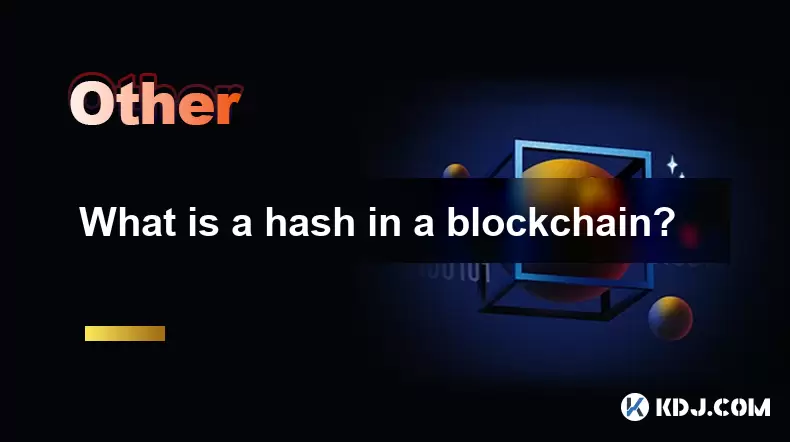
What is a hash in a blockchain?
Aug 02,2025 at 04:43am
Understanding the Concept of Hash in BlockchainA hash in the context of blockchain technology refers to a unique digital fingerprint generated by a cr...
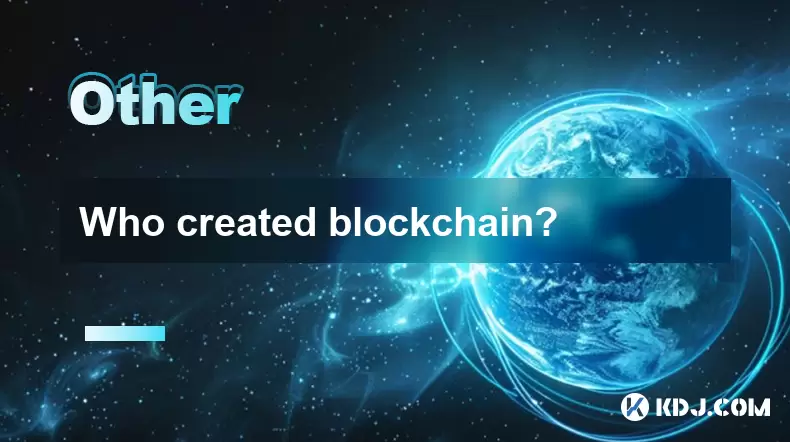
Who created blockchain?
Aug 02,2025 at 05:15am
What Is Blockchain and Why Does Its Origin Matter?Understanding who created blockchain begins with recognizing what blockchain actually is. Blockchain...
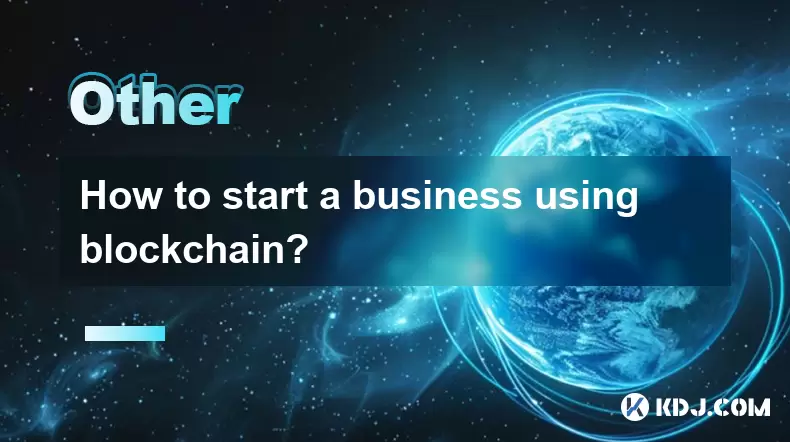
How to start a business using blockchain?
Jul 28,2025 at 12:36am
Understanding the Basics of Blockchain TechnologyBefore diving into the process of starting a business using blockchain, it's crucial to understand wh...
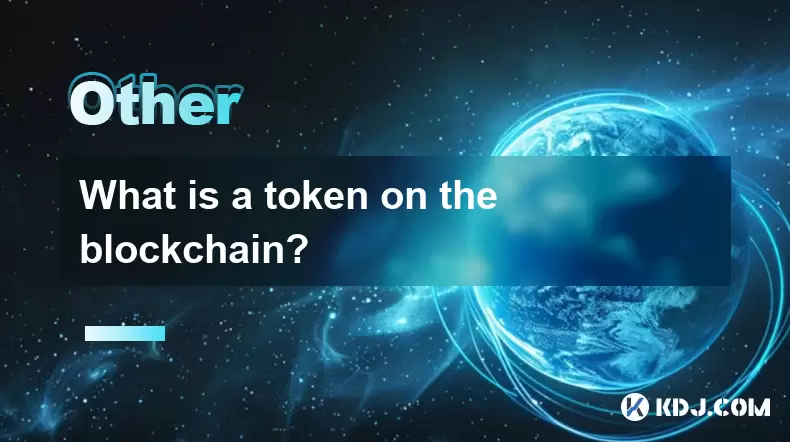
What is a token on the blockchain?
Jul 21,2025 at 07:00am
Understanding the Concept of a TokenIn the realm of blockchain technology, a token is a digital representation of an asset or utility that exists on a...

What is the difference between a blockchain and a database?
Aug 01,2025 at 09:36pm
Understanding the Core Structure of a BlockchainA blockchain is a decentralized digital ledger that records data in a series of immutable blocks linke...

What is a hash in a blockchain?
Aug 02,2025 at 05:28am
Understanding the Concept of Hash in BlockchainA hash in the context of blockchain technology refers to a unique digital fingerprint generated by a cr...

What is a hash in a blockchain?
Aug 02,2025 at 04:43am
Understanding the Concept of Hash in BlockchainA hash in the context of blockchain technology refers to a unique digital fingerprint generated by a cr...

Who created blockchain?
Aug 02,2025 at 05:15am
What Is Blockchain and Why Does Its Origin Matter?Understanding who created blockchain begins with recognizing what blockchain actually is. Blockchain...

How to start a business using blockchain?
Jul 28,2025 at 12:36am
Understanding the Basics of Blockchain TechnologyBefore diving into the process of starting a business using blockchain, it's crucial to understand wh...

What is a token on the blockchain?
Jul 21,2025 at 07:00am
Understanding the Concept of a TokenIn the realm of blockchain technology, a token is a digital representation of an asset or utility that exists on a...
See all articles

























































































